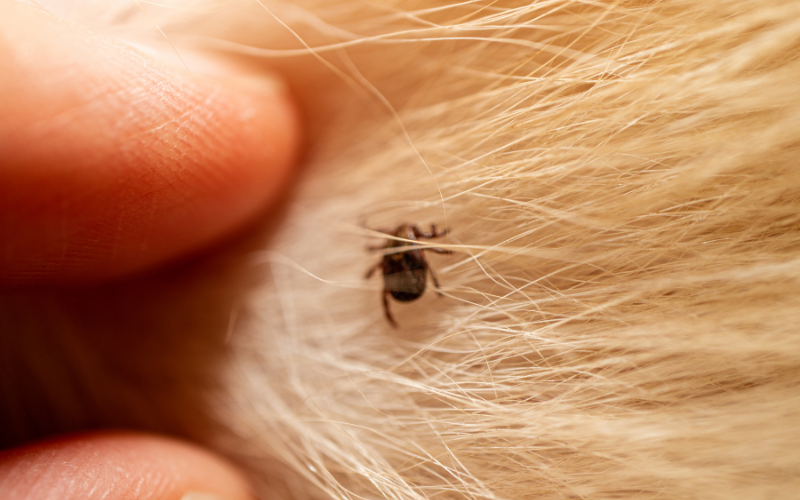Losing a pet is a heart-wrenching experience, and finding a way to honour their memory can provide comfort and a sense of closure. One beautiful way to remember your furry friend is by creating a special place in your garden for their ashes. This dedicated spot can serve as a peaceful sanctuary where you can reflect on the cherished moments you shared. Here are some thoughtful ideas to help you create a meaningful garden memorial for your beloved pet.
Selecting the Perfect Spot
Choosing the right location in your garden is the first step in creating a memorial for your pet. Look for a quiet, serene area where you can spend time reflecting. Consider a spot that your pet loved to visit or where they enjoyed spending time. This personal connection can add to the significance of the memorial.
Factors to Consider:
- Privacy: A secluded corner can provide a private space for contemplation.
- Shade and Sunlight: Depending on your climate and plant choices, select a spot that gets the appropriate amount of sunlight.
- Proximity: Ensure the spot is easily accessible, so you can visit whenever you want to spend time with your pet’s memory.
Incorporating Natural Elements
Integrating natural elements into the memorial can enhance its beauty and connection to nature. Here are some ideas:
Planting a Tree or Bush: Planting a tree or a bush near the spot where you bury your pet’s ashes can create a living tribute that grows and thrives over time. Choose a species that suits your garden’s climate and conditions. Flowering plants like roses, or hardy shrubs like lavender, can add a touch of colour and fragrance.
Creating a Flower Bed: Design a flower bed around the memorial spot. Use your pet’s favourite colours or flowers that bloom during significant times of the year, such as their birthday or the anniversary of their passing. This can be a beautiful way to celebrate their memory annually.
Installing a Water Feature: A small fountain or birdbath can add a soothing, tranquil element to the memorial. The sound of running water can create a peaceful ambiance, making the space even more comforting.
Personalising the Space
Adding personal touches to the memorial can make it uniquely yours and deeply meaningful.
Memorial Stone or Plaque: Place a memorial stone or plaque with your pet’s name, dates, and a heartfelt message. You can find custom options online or at local garden centres.
Decorative Elements: Incorporate garden statues, wind chimes, or stepping stones that reflect your pet’s personality or your shared memories. For example, a statue of a dog or a cat, or a stepping stone with a paw print design.
Photos and Mementos: If weather permits, consider adding a weatherproof photo frame or a small box for mementos like your pet’s collar or favourite toy. These personal items can provide a tangible connection to your pet.
Maintaining the Memorial
Regular maintenance of the memorial garden can be a therapeutic activity and a way to continue honouring your pet’s memory.
Seasonal Planting: Change the plants seasonally to keep the garden vibrant and reflective of the time of year. This can be a way to refresh the space and continue celebrating your pet’s life throughout the year.
Weeding and Pruning: Keep the area tidy by regularly weeding and pruning plants. This upkeep can be a soothing routine that allows you to spend time in the memorial garden.
Creating a special place in your garden for your beloved pet’s ashes can be a healing and meaningful way to honour their memory. By selecting a serene spot, incorporating natural elements, personalising the space, and maintaining the garden, you can create a lasting tribute that provides comfort and peace. At Pets RIP, we understand the deep bond between pets and their owners and are here to support you in commemorating your cherished companion.
For more information on memorial headstones and plaques click here











